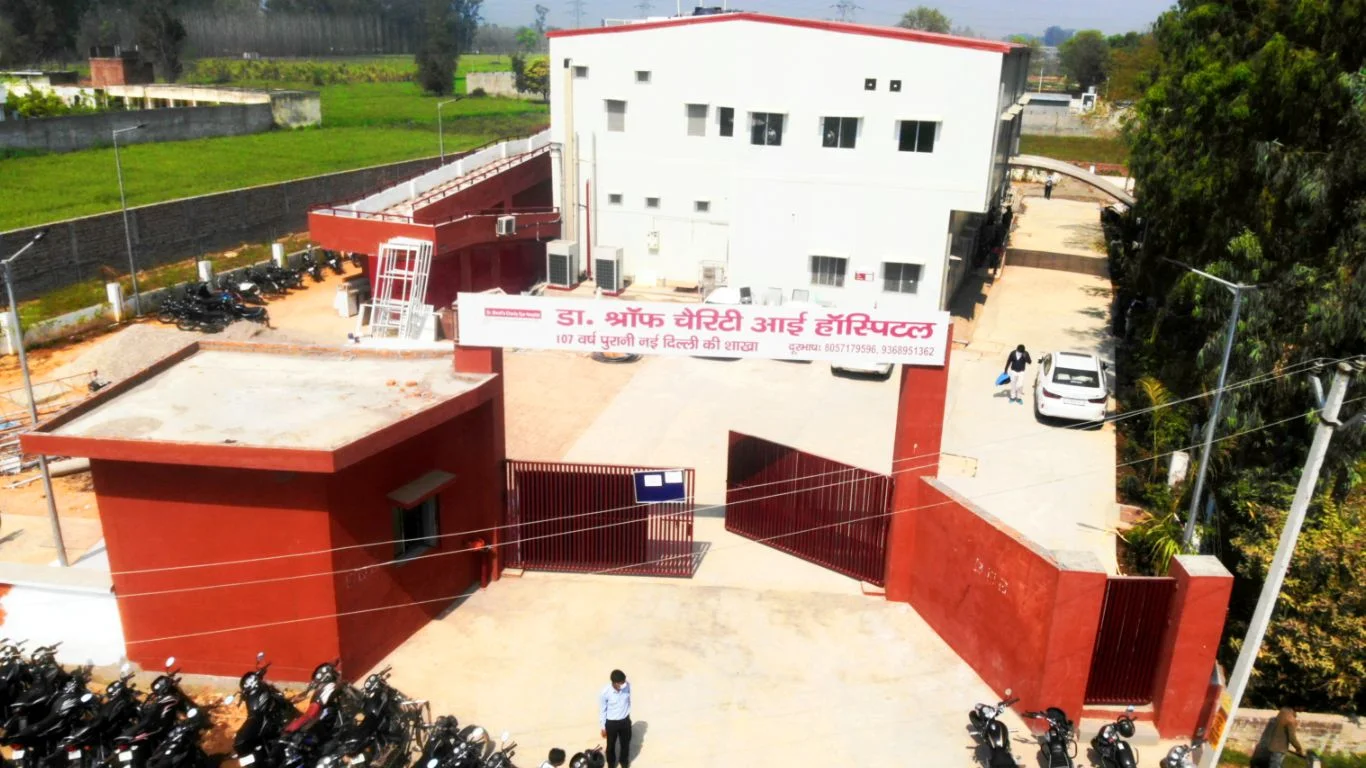The years 2020-21 were catastrophic! In the rearview mirror, we would see deaths, a failing healthcare system, and the loss of many people’s livelihoods. Healthcare facility administrators are on their toes in preparation for another pandemic wave, while everyone else is focused on prevention. Several construction projects, the majority of which have been postponed or shelved, are being resumed. As a result, 2021 will undoubtedly witness an influx of hospital construction projects with compressed schedules, in response to an impending emergency. Modern issues deserve modern answer. Thus, the adoption of a new construction method is impending.
Prefabrication and modular construction are the answer. These are expanding construction trends. In prefabrication, building components are manufactured in a facility and then transported to the construction site for installation and assembly. This procedure takes roughly half as long as conventional construction. The modular components are fitted one by one, and the outcome is a modern, high-quality alternative to conventional civil construction.
As modular construction becomes more prevalent in the healthcare industry, one would question why the sector should adopt this trend. This blog post lists the unrivalled benefits of modular construction to help you assess if modular prefab construction is appropriate for your business.
Prior to moving forward, it is necessary to do a preliminary examination of a potential prefab seller and to analyse the advantages of prefabricated building.
Maintain a lead over your intended timeline
Despite the fact that both modular and conventional building begin with a well-detailed design plan, modular construction is far quicker! Prefabricated building is most appealing due to its rapid construction time. While the foundation is being prepared on-site, building components are simultaneously constructed off-site. Therefore, there is no delay caused by changing weather conditions. You remain ahead of time. Compared to conventional building, prefabrication can complete a project in 90 to 120 days, but traditional construction can take up to 12 months.
A reliable and repeatable construction procedure
With its streamlined operations and off-site construction method, prefab is highly trustworthy. This provides tremendous piece of mind to healthcare professionals, since they are confident that their project will be completed on time and under budget. The building components are manufactured in a controlled atmosphere, and the quality is inspected prior to shipment.
Once a prefabricated healthcare centre has been constructed, the design can be easily replicated for similar institutions. This will expedite the completion of projects. Additionally, standardised appearance and design fosters familiarity among consumers, which leads to brand development.
Economical mode of construction
It is common knowledge that modular construction is economical. At a time when the epidemic has strained the finances of every business, this is all the more reason to adopt modular. Streamlined prefabrication procedures allow for the avoidance of cost overruns. Moreover, construction and installation are performed with machinery, thus the likelihood of human error is small. As a result of less manual labour and less time, the expenses incurred are also decreased.
In order to satisfy the compressed schedules necessitated by the increase in demand for healthcare construction during the pandemic, it is crucial to employ prefab construction. EPACK Prefab offers over two decades of experience in manufacturing, catering to projects of all sizes. Our portfolio contains projects for the institutional, commercial, and industrial sectors. Our nationwide service and delivery network is comprised of our own manufacturing facility and staff.











